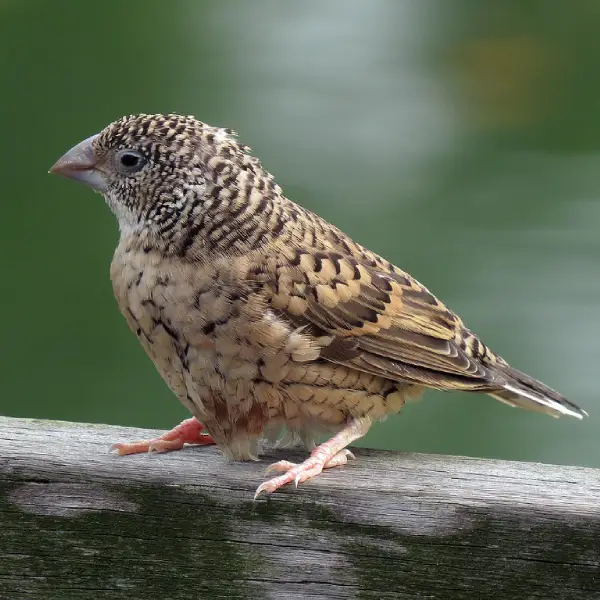-
×
 Common Cut-throat
1 × ₨ 13,000
Common Cut-throat
1 × ₨ 13,000
Subtotal: ₨ 13,000
Free shipping order over 20,000
₨ 18,750 Original price was: ₨ 18,750.₨ 15,000Current price is: ₨ 15,000.
Scientific Name:
Psittacula cyanocephala
Size:
Important Keys:
Habitat
Distribution:
Diet
Primary Food:
Breeding
Breeding Season:
Lifespan
In the Wild:
Behavior
Social Structure:
Sign Up for Exclusive Birds Care Tips and Offers from Phool Panchi
© 2024 Phool Panchi | Developed By v3Studio
WhatsApp us
Reviews
There are no reviews yet.